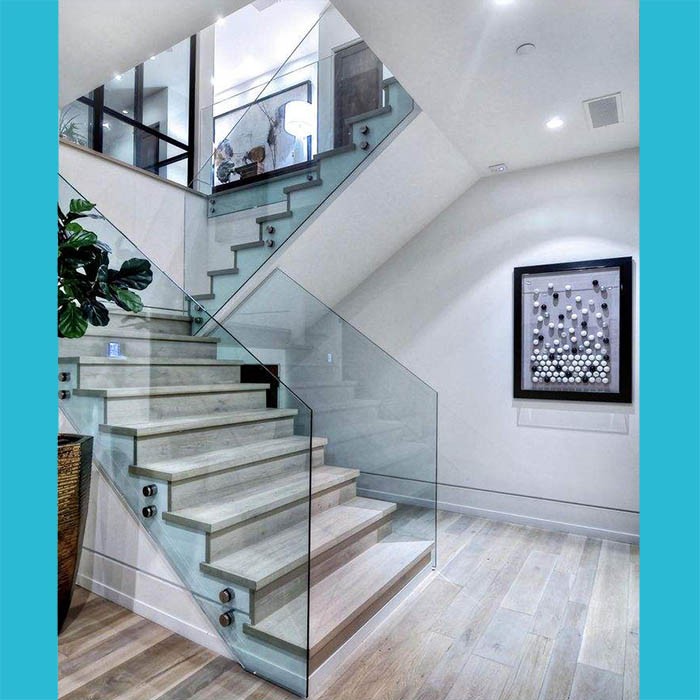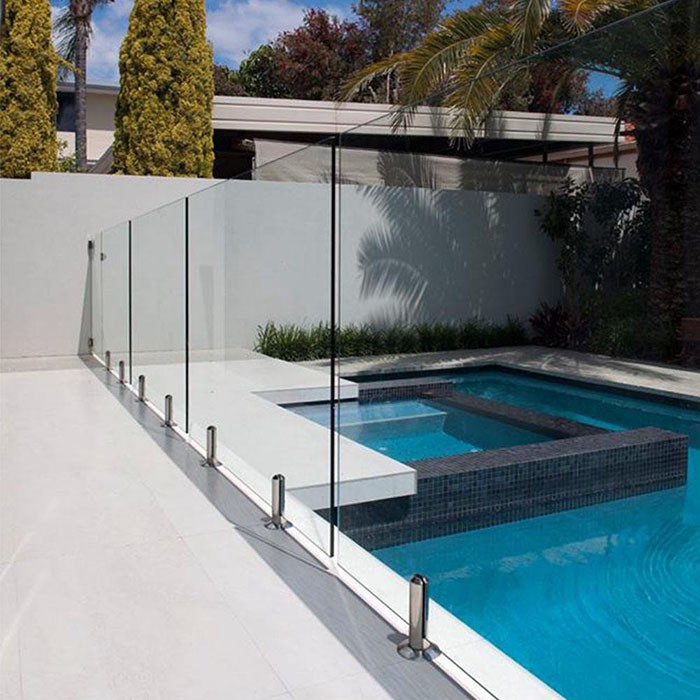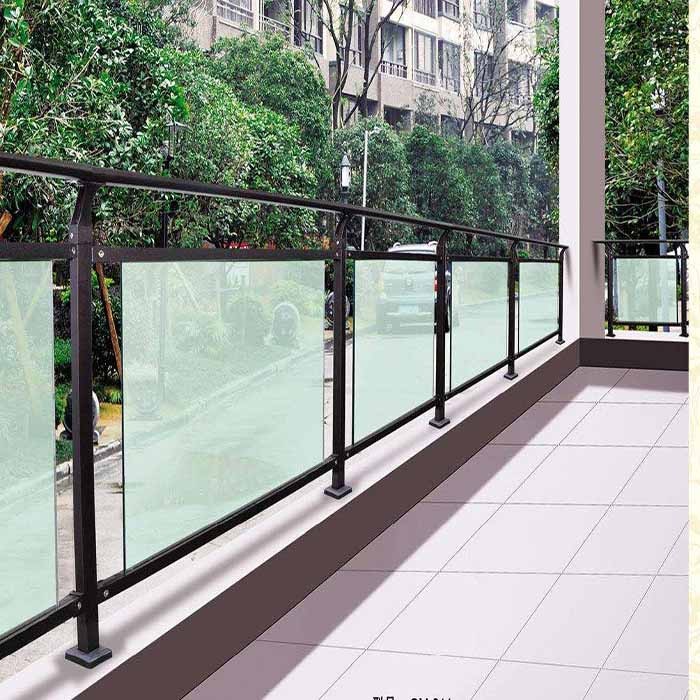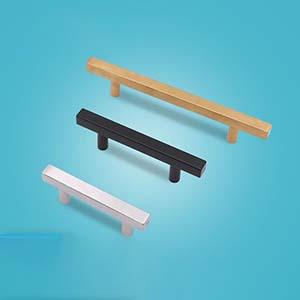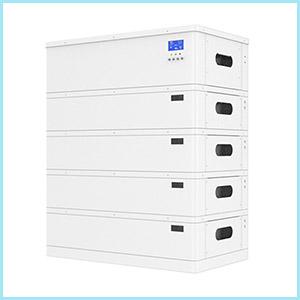Description
clear laminated glass HG-L04



| Specification | Laminated Glass |
| Glass | 3mm 4mm 5mm 6mm 8mm 10mm 12mm 15mm |
| PVB | 0.38mm 0.76mm 1.14mm 1.52mm etc. |
| Size | Maximum dimension: 2440mm*6000mm |
| Curved laminated glass subjected to the radius required. | |
| Glass Color | clear ultra-clear bronze blue green grey and other colors |
| PVB color | clear milky white light grey and customized color |
| Others | The thickness/size/color can be customer design. |
Why choose us:
1. Can accept small quantity order
2. Accept customized
3. Handle optional
4. Towel rack optional (with/without)
5. Glass self-cleaning (more selling points)
6. Contains installation hardware (convenient installation and more thoughtful)
7, with installation instructions (conform European and American habits)
8. Square tube/round tube/stainless steel/wire drawing and gloss (more abundant products)
9. Carton packaging (Both project and supermarket)
1. Production process
Cutting-edging-rounded corners-water jet-punching-silk screen-tempering-self-cleaning liquid / safety explosion-proof film-packaging
Cut Two edges grinding


Round Corner Machine hole puncher


curve tempered glass Bathroom door


2. Quality Control
2.1 Each glass must be inspected to confirm before entering the factory;

2.2 Quality control in the production process are in accordance with quality control standards.
First inspection-self-inspection-special inspection-factory inspection, product standards are strictly implemented in accordance with customer technical documents or industry standards;
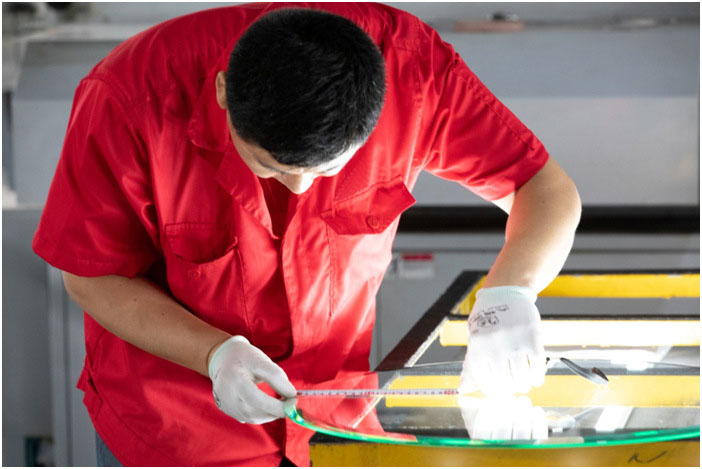
2.3 The dimensional accuracy and tempering quality inspection data of processed products shall be recorded and archived with traceability;
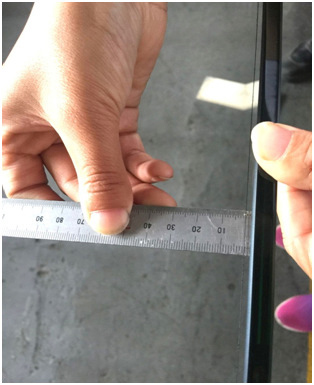
2.4 The bending degree of toughened grain is tested, the bending degree is 1.5‰, and the grain size is 55-80 grains per 50*50mm
3. The company's certification qualifications
The company's products have passed European CE certification and American SGCC certification
4. 10years of export packaging experience: Carton foam packaging and fumigation-free wooden box packaging can be realized to ensure product transportation safety;

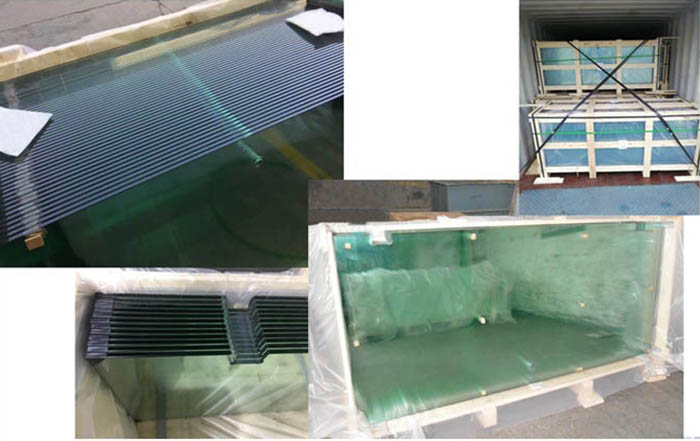
5. The company's equipment processing capacity
Focus on the manufacture of tempered glass for home appliances for 14 years. The company has comprehensive equipment capabilities for processing high-temperature silk screens, including Italian Bottero cutting machines, Bottero edging machines, CNC machining centers, automatic punching machines, automatic rounding machines, automatic screen printing machines, tempering furnaces and other equipment.
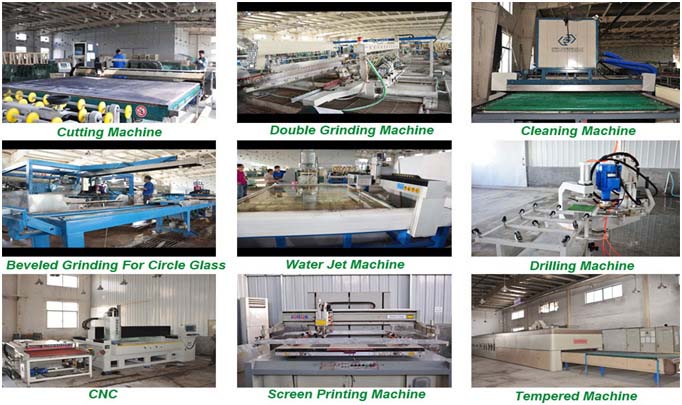
-Choose Taiwan Glass or Jinjing Automotive Grade Original Float glass
-Polished straight edges, size tolerance ±1mm, uniform edge 1mm
-Safety corner or round corner treatment
-Water jet cutting, accurate size, vertical water jet with safety angle,
-Even tempered grain
-Fumigation-free wooden box packaging, firm and safe
-Can provide carton foam sales packaging
-Self-cleaning nano coating can be applied
-Safety explosion-proof film can be attached

Glass processing range:
Edging: straight edge, round edge
Tempering: C shape and J shape
Silk screen: high temperature screen printing, frosted screen printing
Other processes: can be coated with nano self-cleaning liquid (from Germany, 10-year warranty),
Packing: plywood wooden box and carton + foam separate sales packaging

Architectural Applications of Structural Glass Facades
Structural glass facades have revolutionized modern architecture, providing buildings with transparency, elegance, and functionality. These facades not only enhance the aesthetic appeal of structures but also offer numerous practical benefits, such as improved energy efficiency and natural lighting. This article explores the architectural applications of structural glass facades, detailing their design, benefits, and notable examples.
The Evolution of Structural Glass Facades
The use of glass in architecture has evolved significantly over the past century. Initially used for windows and decorative elements, glass has become a primary material in modern construction. Technological advancements have led to the development of stronger and more versatile glass types, such as tempered and laminated glass, enabling architects to design buildings with expansive, transparent facades.
Design and Construction of Structural Glass Facades
Components and Materials
Structural glass facades are composed of several key elements:
Glass Panels: These are typically made from high-performance glass, such as tempered or laminated glass, which offer increased strength and safety.
Support Structures: These can include steel or aluminum frames, spider fittings, and cable systems that provide structural support while maintaining transparency.
Sealants and Gaskets: These materials ensure weatherproofing and thermal insulation, preventing water ingress and heat loss.
Installation Techniques
Various installation techniques are used to achieve the desired aesthetic and structural performance:
curtain wall systems: These involve attaching glass panels to a building’s structural frame using metal frames. Curtain walls are non-load bearing, allowing for large expanses of glass.
Point-Fixed Glazing: This technique uses minimal metal fittings, such as spider connectors, to attach glass panels directly to the structure, providing a frameless look.
Cable-Net Systems: In these systems, a network of cables supports the glass panels, creating a transparent and flexible facade.
Benefits of Structural Glass Facades
Aesthetic Appeal
One of the primary reasons architects opt for structural glass facades is their aesthetic appeal. The transparency of glass allows for unobstructed views and creates a sense of openness and connection with the environment. This design approach can make buildings appear lighter and more inviting.
Natural Lighting
Structural glass facades enable abundant natural light to penetrate the interior spaces, reducing the need for artificial lighting. This not only saves energy but also enhances the well-being and productivity of occupants by providing a pleasant and healthy indoor environment.
Energy Efficiency
Modern glass facades are often equipped with energy-efficient glazing solutions, such as Low-E coatings and double or triple glazing, which improve thermal insulation. These features help maintain indoor temperatures, reduce heating and cooling costs, and lower the building's overall energy consumption.
Acoustic Performance
In addition to thermal benefits, glass facades can also provide excellent acoustic insulation. Laminated glass, in particular, can significantly reduce noise transmission, making it ideal for buildings in noisy urban areas.
Notable Architectural Applications
Commercial Buildings
Structural glass facades are commonly used in commercial buildings to create striking entrances, lobbies, and atriums. The use of glass in these areas not only enhances the building's visual appeal but also allows for natural light to flood the space, creating a welcoming atmosphere for visitors and employees.
Example: The Apple Store on Fifth Avenue in New York City is renowned for its iconic glass cube entrance. The use of structural glass creates a minimalist and futuristic aesthetic, drawing visitors into the underground retail space [1].
Residential Buildings
In residential architecture, structural glass facades can be used to create seamless indoor-outdoor living spaces. Large glass panels can replace traditional walls, providing panoramic views and connecting the interior with the surrounding landscape.
Example: The Glass House by architect Philip Johnson is a quintessential example of residential architecture using structural glass. The house features floor-to-ceiling glass walls that offer unobstructed views of the surrounding countryside, blurring the lines between indoors and outdoors [3].
Public and Cultural Buildings
Glass facades are also popular in public and cultural buildings, such as museums, libraries, and concert halls. The transparency of glass can symbolize openness and accessibility, making these buildings more inviting to the public.
Example: The Louvre Pyramid in Paris, designed by I.M. Pei, uses a glass and metal structure to create a modern entrance to the historic museum. The pyramid’s transparent design contrasts with the traditional architecture, creating a striking visual statement [4].
High-Rise Buildings
In high-rise buildings, structural glass facades provide an elegant and modern appearance while maximizing natural light and offering spectacular views from within. Advanced glazing technologies ensure that these facades are energy efficient and capable of withstanding environmental stresses.
Example: The Shard in London, designed by Renzo Piano, features a complex glass facade that reflects the sky and cityscape. The building's tapering form and transparent exterior make it a distinctive landmark on the London skyline [6].
Challenges and Considerations
Structural Integrity
Ensuring the structural integrity of glass facades is paramount. This requires careful engineering and the use of high-quality materials to withstand wind loads, thermal expansion, and other environmental factors. Advanced computational tools and rigorous testing are often employed to validate the performance of glass facades.
Maintenance
Glass facades require regular maintenance to retain their clarity and performance. Cleaning protocols must be established to remove dirt and prevent the buildup of pollutants, which can affect the aesthetic and functional properties of the glass.
Sustainability
While glass facades offer many benefits, their production and installation can have environmental impacts. Architects and engineers must consider the life cycle of the materials and strive to use sustainable practices, such as recycling glass and using energy-efficient manufacturing processes [5].
Conclusion
Structural glass facades have transformed modern architecture, offering a blend of beauty, functionality, and sustainability. From commercial and residential buildings to public and cultural landmarks, the applications of glass facades are vast and varied. As technology continues to advance, the potential for innovative and efficient glass structures will only grow, further cementing their place in the future of architectural design.
 English
English Russian
Russian